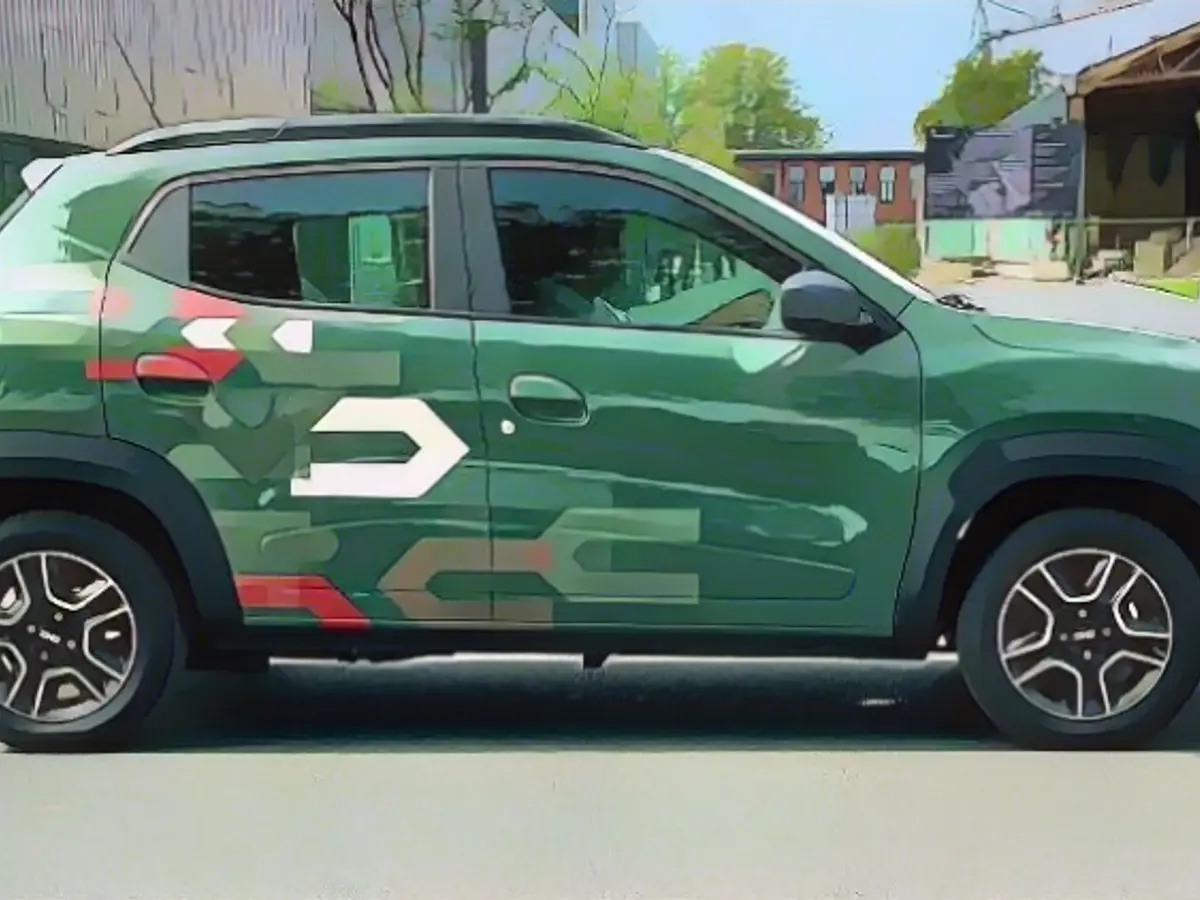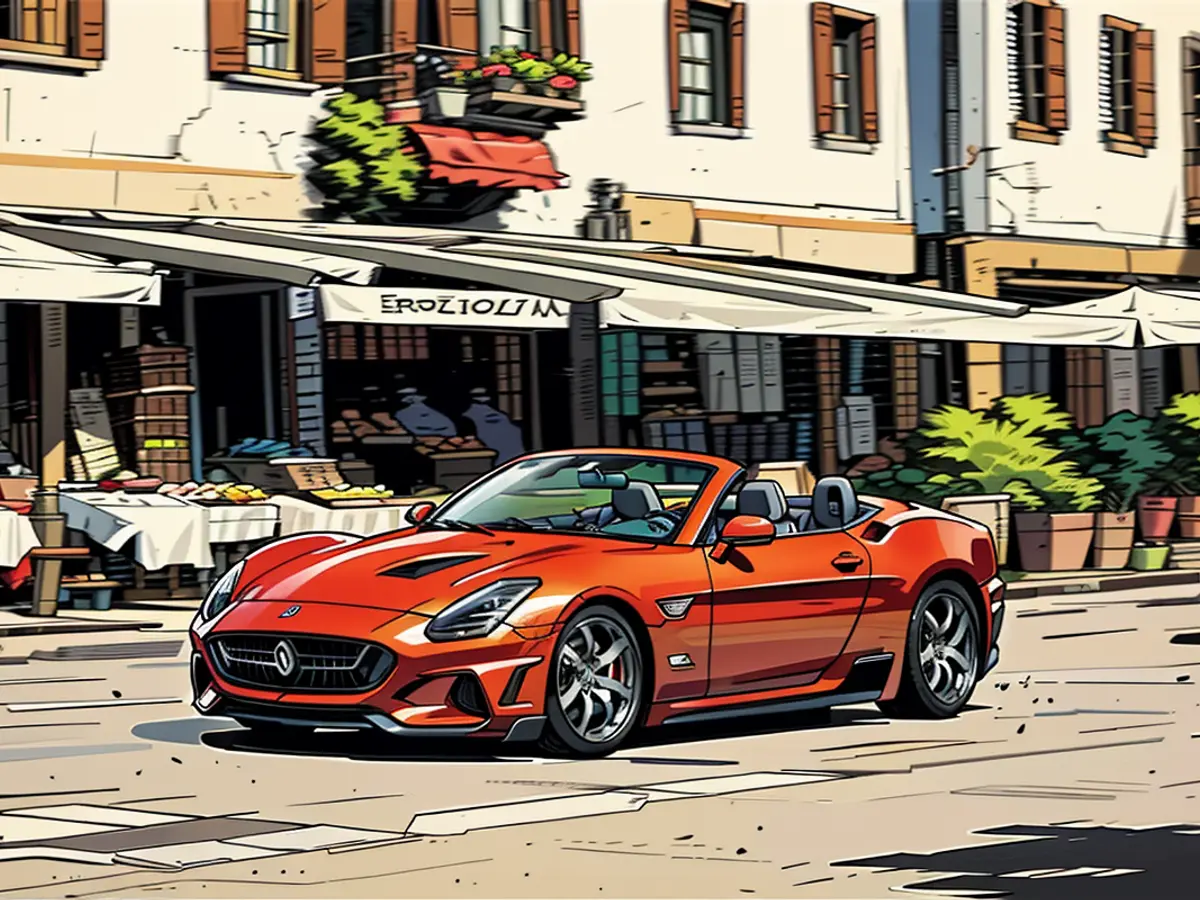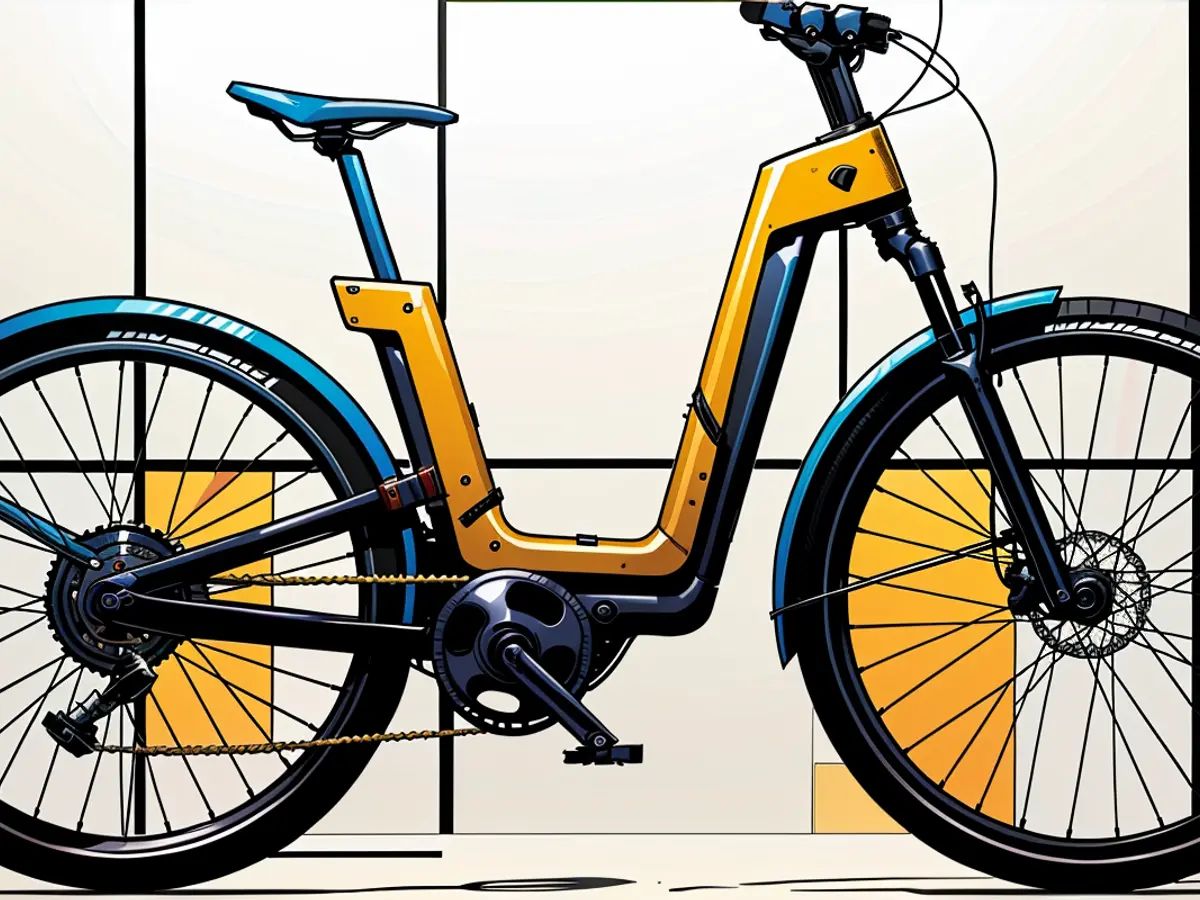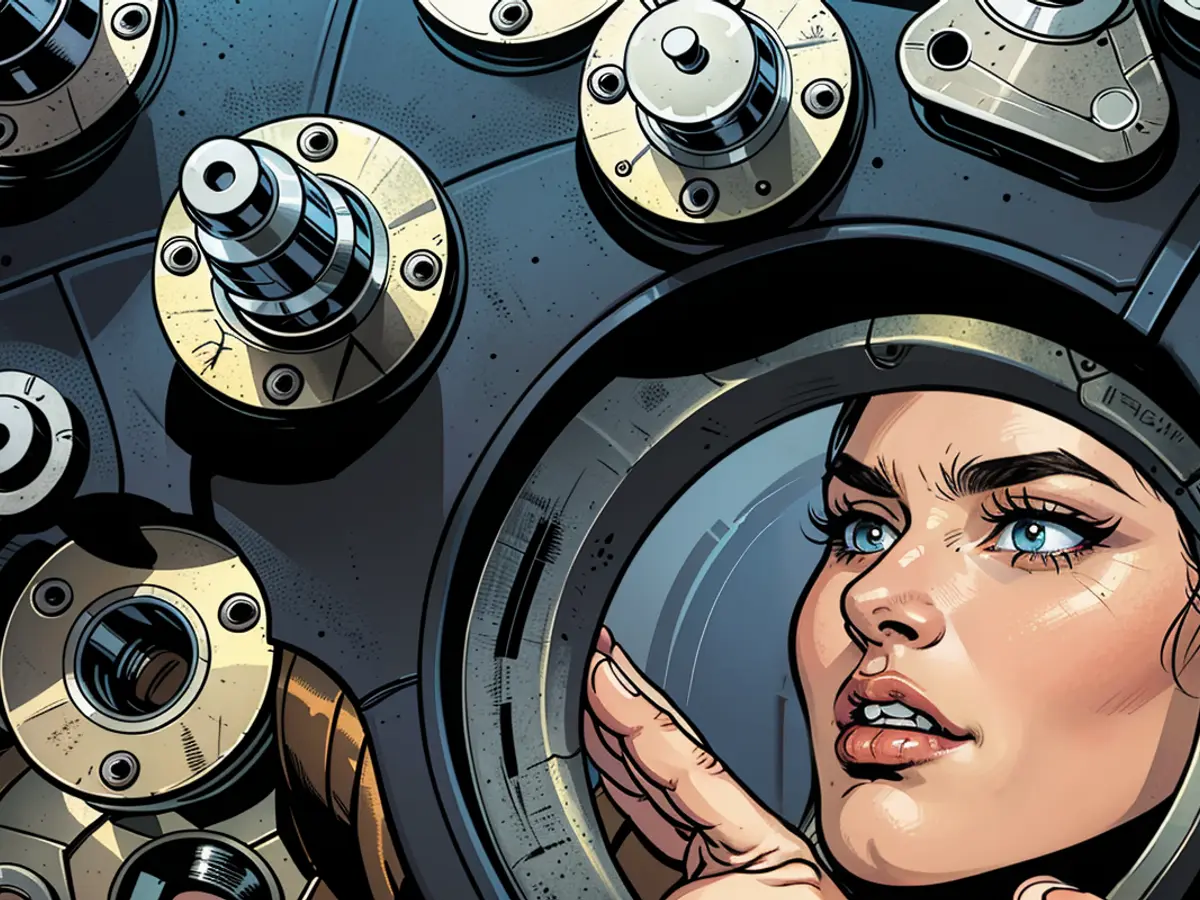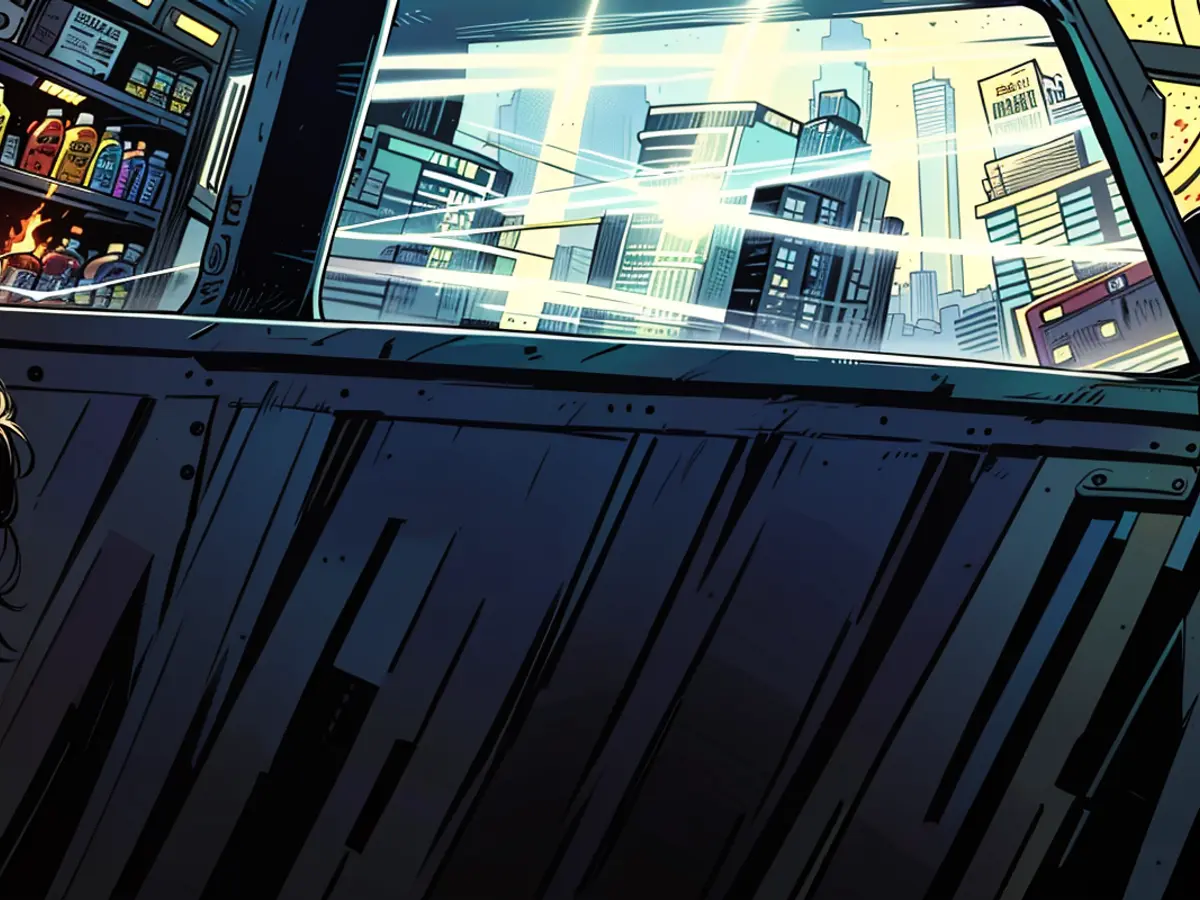Dacia Spring - how much (e-)car do people need?
The Dacia Spring, produced in China, was previously the cheapest fully electric vehicle on the German market. However, the BEV could come under pressure in the future in the face of competition. ntv.de has tested whether a Dacia Spring can be enough car.
Just how quickly the (financial) world of electromobility can change was demonstrated a few days ago when the German government abolished subsidies for the purchase of such vehicles for private customers virtually overnight. Alleged experts promptly proclaimed the end of electromobility or at least predicted a very difficult road ahead for it. It won't be that bad. However, things are likely to be a little more difficult for Dacia's little Spring - for several reasons. Firstly, the brand is strong with private customers, i.e. the previously promoted target group, and secondly, the Spring plays in a league for price-sensitive buyers.
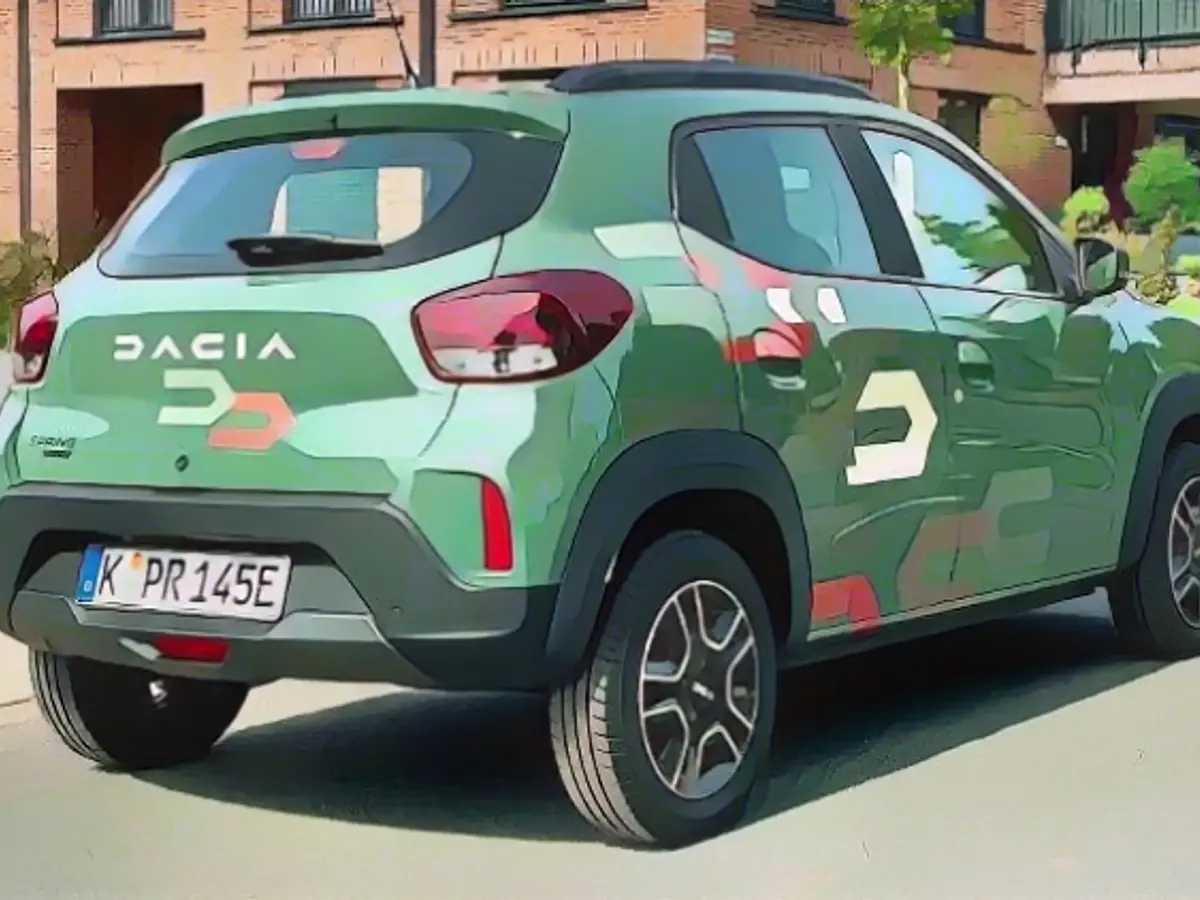
According to the list, the fully-fledged electric car is available from as little as 22,750 euros. Sounds expensive, but it's cheap by electric standards. Still. Regardless of how much Dacia helps current buyers financially in the future, the manufacturer will have to think about how to position its electrically powered range in terms of price in the medium term. There are currently no decent electrically powered vehicles for this price. And so far, customers are snatching the Spring out of Dacia's hands (more than 11,000 registrations in Germany by November 2023).
But it's not just Stellantis that is already in the starting blocks with the small Citroën C3, which will be available for less than 20,000 euros in the future. Even sister brand Renault is working on a "people's electric car" with the electrically powered R5.
What appeal does a Dacia Spring offer?
The author asked himself what appeal a car like the Spring can have. If less is supposed to be more, it certainly seems to be the right choice. The Romanian is the antithesis to all the electric horsepower cars - somehow refreshing that there is such a thing. That's why the basic version with 44 hp is explicitly on the line here. Really, something like that still exists? Yes, but now without a fast-charging option. Of course, you can still get the Spring with a 30 kW DC charger - but only for the 65 hp version, and only for an extra charge of 800 euros.
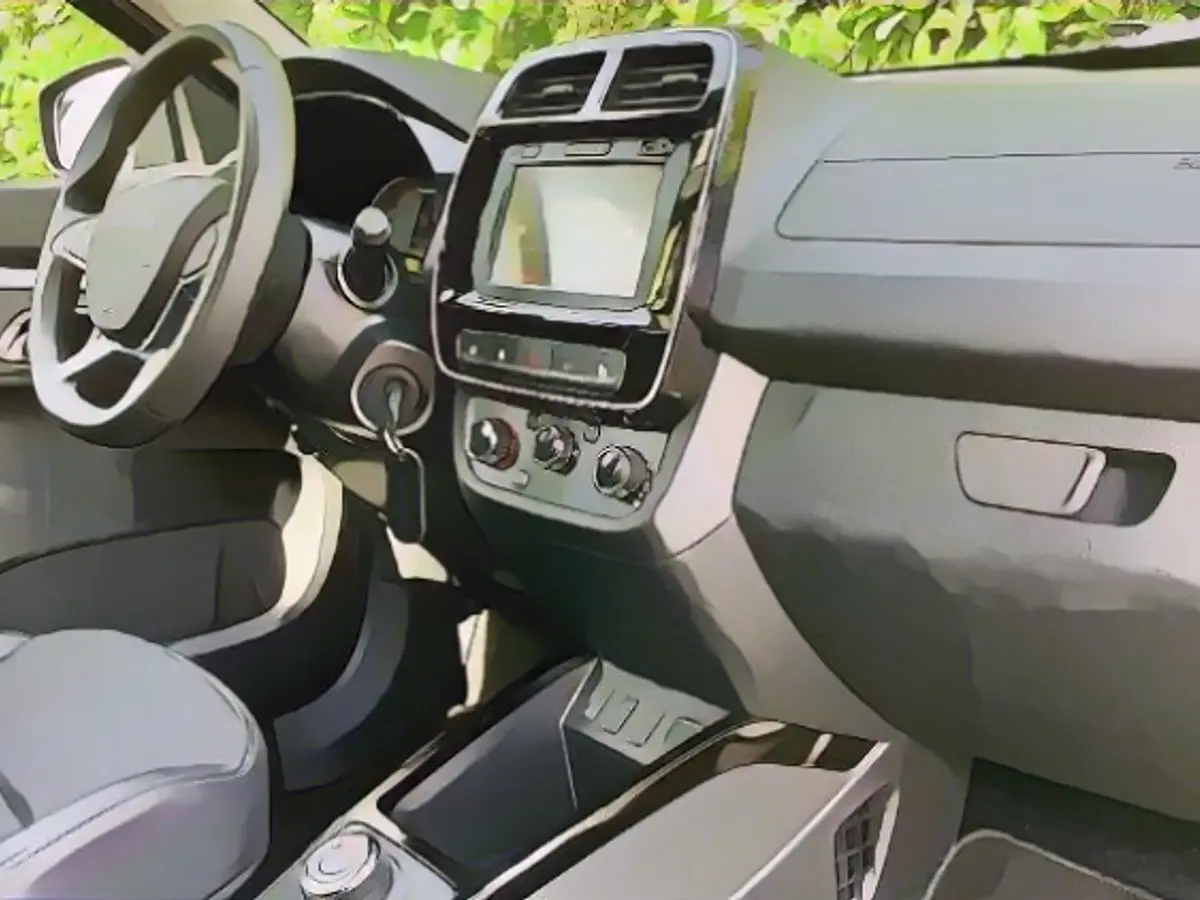
And even if that sounds irrational, there is a great deal of curiosity as to how a full-grown vehicle with less than 50 hp drives at all, especially with an electric drive. In general, the Spring is funny - because it is not started at the push of a button, as you might expect, but with a conventional key with a classic beard. Quirky anachronism. The only thing missing, logically enough, is the typical "starter motor ringing". A silent, simple "ok" in the instrument cluster is enough to communicate that the single-tonner is now ready to drive.
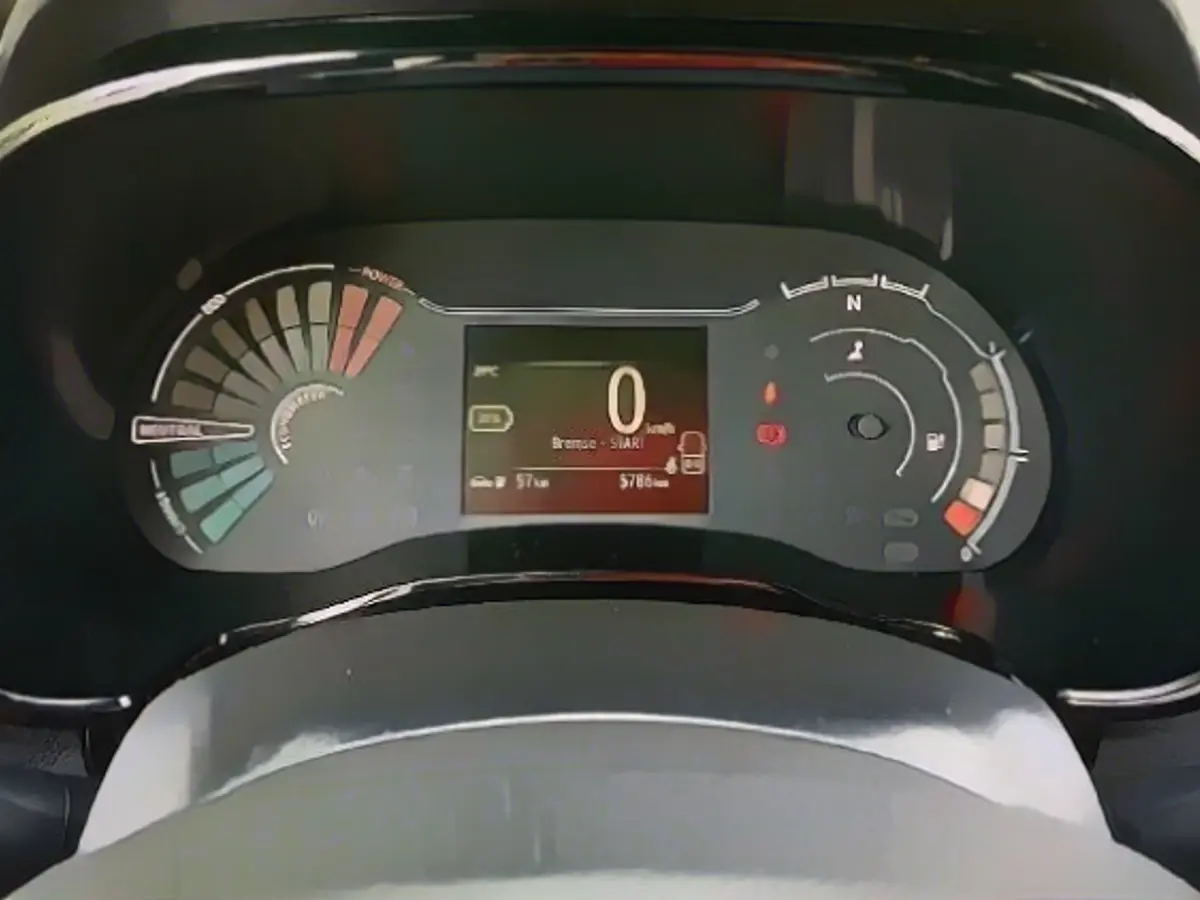
Now simply turn the small rotary control to "D" and off you go. And no more talk of the electric motor being a torque monster - here you have to make do with a modest 125 Newton meters and the progress is therefore rather leisurely. But that doesn't matter - after all, you know the data sheet. But the punch is enough for city traffic. And if you don't intend to take to the highway, you can also get by with the performance. Incidentally, the top speed is 125 km/h, so the 3.73 meter long city runabout doesn't even reach top speed. However, the road to top speed requires patience, as the factory estimates the sprint to country road speed (100 km/h) at 19.1 seconds.
But figures are one thing, driving impressions are another. The Spring is a bit like a trip back in time, when cars still acknowledged any inclines with a gradual drop in speed. That's what this Stromer does too, but that's perfectly fine. Actually, everything about the Spring is fine. Even the plastic that hasn't been completely deburred here and there. Or the not quite so smoothly polished soundscape of the rather loud electric motor. In a way, the Dacia Spring is an exceptional electric vehicle. Inexpensive and honest. And therefore somehow cool.
It can get cozy in the Spring

And of course, the narrow Spring (1.77 meters) can get a bit cuddly in the front when two people join you in the front row. But that's to be expected. But the chairs are comfortable enough, at least on shorter sections. You can also cover longer distances in the smart-looking Spring, but you have to want to. The test car with the basic engine still has the fast-charging function (the more powerful version was not available in the past), but fast is relative. If you plug the front-wheel drive car into the CCS charging point, you can expect to gain a little more than 30 kilometers of range per ten minutes.
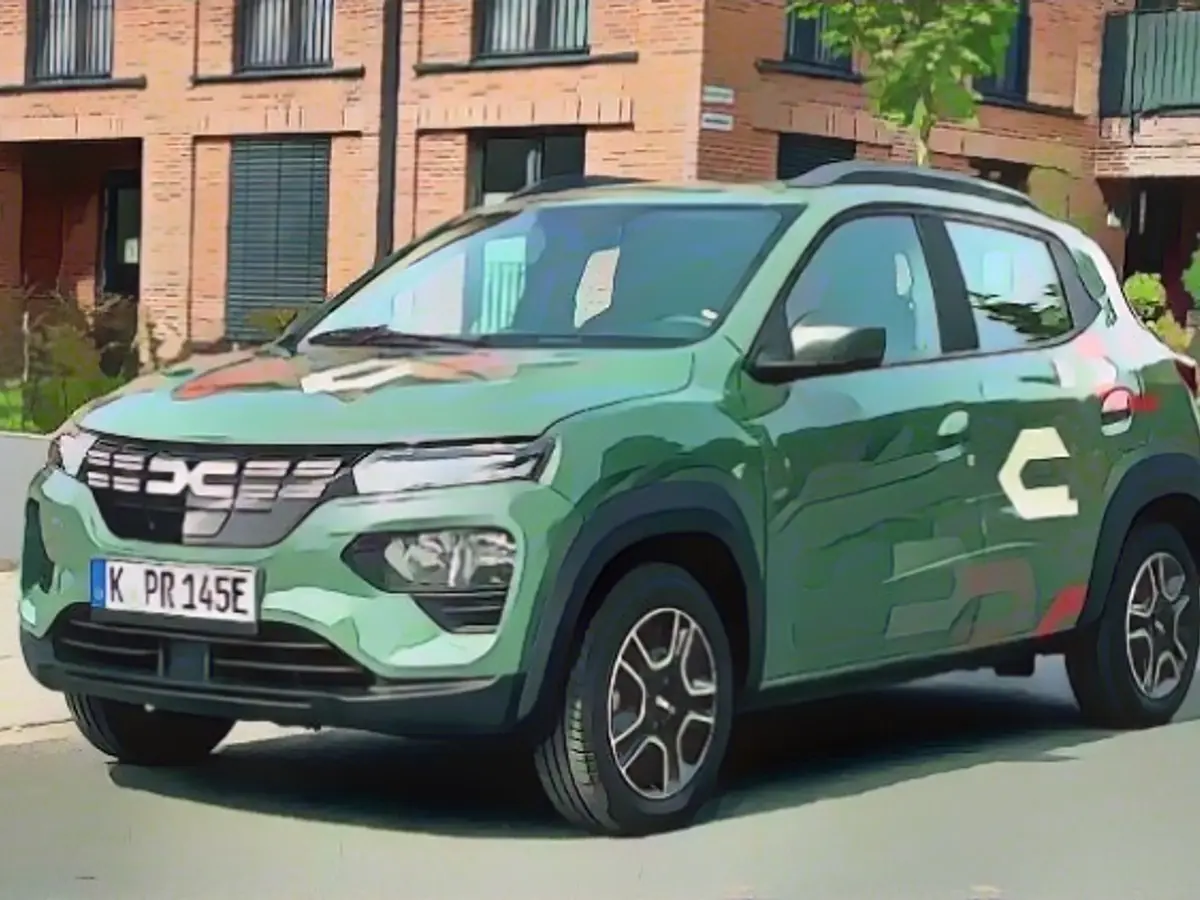
In any case, the affordable electric car won't get much further than 180 to 200 kilometers with its almost 27 kWh battery and a WLTP consumption of just under 14 kWh per 100 kilometers. This figure also seems almost bizarre, as many modern plug-in hybrids can store more electricity. The Spring surprises with a few things in general. For example, it is a very proper practical car and has 31 liters more trunk space (1100 liters) than the company's own Renault Clio, even though the latter does not have a battery to lug around.

And the Spring even manages the infotainment chapter quite well. An inexpensive solution seems to be to simply use illuminated segments in the area of the instrument scales instead of a display or mechanical indicators to show values such as the charge level, recuperation or power. And a seven-inch touchscreen including navigation offers enough scope to satisfy digital natives. However, if you want that little bit of monitor, you have to go for the 65 hp version (Extreme) at the basic price of 24,550 euros. At least then it's a bit more lively up front.
Data sheet Dacia Spring Electric 45
Dimensions (length/width/height) | 3,73 / 1,77 / 1,51 m |
Wheelbase | 2,42 m |
Unladen weight (DIN) | 1045 kg |
Seats | 5 |
Load volume | 290 to 1110 l |
Engine type | One synchronous electric motor |
Transmission | One transmission, fixed |
System power | 44 hp (33 kW) |
Drive | Front-wheel drive |
Max. torque | 125 Nm |
Acceleration 0-100 km/h | 19,1 s |
Top speed | 125 km/h |
Battery capacity | 27.4 kWh |
Maximum charging power (direct current) | 30 kW (only for Extreme) |
Charging power (alternating current) | 3.7 kW |
Consumption (combined) | 13.9 kWh/100 km (WLTP) |
Combined WLTP range | 230 km |
Combined CO2 emissions | 0 g/km |
Base price | From 22,750 euros |
Conclusion: The Dacia Spring is a visually appealing and wonderfully refreshing simple electric car with few frills. However, the really important features are on board, including safety functions such as ESP and emergency brake assist. The fact that its damping is a little too narrow-chested and the steering a little synthetic - who cares? After all, we are talking about the absolute basic electric car. However, it is precisely because of its (currently still attractive price) that the hard-selling modesty protagonist could find itself in difficult waters in the future. Because the competition is already lurking with new products and competitive prices. Even within the company itself.
Read also:
Source: www.ntv.de
